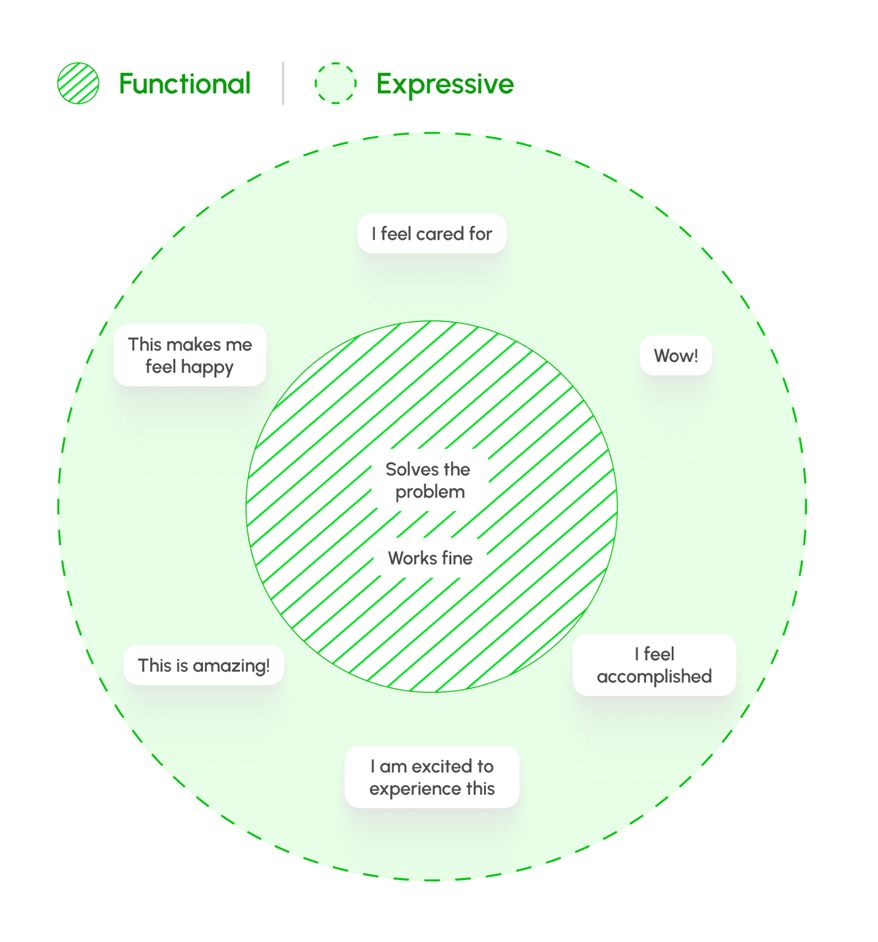 Hong Kong EN
Hong Kong EN Hong Kong EN
Hong Kong ENFarish Hubiyan
Senior Product Designer , Synechron
Digital
Apple and Google gave us a treat this year with Liquid Glass and Material 3 both marking a bold shift in their visual language.
All this while the question “What does design look like in an AI-first world?” remains wide open, with far more questions than answers.
But these new updates aren’t just about visuals. They represent a larger change in how we think about interface design. And this article isn’t a comparison of the latest trends. Instead, it’s about an idea that is shaping design as a discipline, one that now demands our full attention.
Material 3 and Liquid Glass were crafted to connect.
Google conducted one of its most extensive research efforts to date: 46 studies across eight countries with more than 18,000 participants. Using color, shape, motion and size, they explored how design influences emotion.
Meanwhile, Apple’s Liquid Glass creates a surface that responds to light, context and interaction across every device. It feels aware and alive.
Both systems point to one thing: Emotion is no longer an afterthought in design.
Material 3 and Liquid Glass both point to the same idea.
Let’s take a closer look at why companies like Apple and Google are making this shift and how research plays a major role.
Expressive design is intentionally emotional. It solves problems and doesn’t stop there.
It goes further to make people feel:
Without replacing usability, expressive design adds to it, turning interaction into something more human and worthwhile.
Functional design solves the problem. And that’s about it.
Expressive design does more. It makes people feel.
What seems minor can be the detail that makes a solution unforgettable. And in a world where more than 3,000 new apps launch daily, just “working well” won’t be enough for long.
If you want your product to stand out, it needs more than function. It needs to make people feel something.

What makes expressive design so compelling, and exciting, is that it’s not speculative. It’s researched. Measured. Designed.
Google’s Material 3 Expressive stands out for the scale and seriousness of its research: 46 studies, 18,000 participants, eight countries.
Using eye-tracking, surveys, usability tests and interviews, they explored how color, shape, motion and size shape human feelings. They found that animated indicators eased frustration, button size affected confidence, and playful shapes made software feel warm and personal.
They learned design can be engineered to feel.
Apple’s Liquid Glass offers a different but equally powerful expression. Rather than isolating variables, it flows with modern interaction where users touch, swipe, glance and shift rapidly between tasks.
Liquid Glass reacts to users in real time. Controls reshape, layers respond to light, and the interface adapts to mood and presence. Instead of a system engineered at you, it feels like it was made for you.
This is expressive design at its most ambitious: emotional responsiveness, a deliberate step toward creating tools that are increasingly human.
When the original Macintosh started up, it greeted users with “hello” and a smile, making them feel connected to their computers.
As machines become increasingly capable, forming a connection with technology is a key aspect of human-computer interaction. AI systems now complete sentences, generate images and automate entire workflows—far beyond basic interactions.
Humans generally prefer expression and variety. Mechanical, monotonous interactions can be less engaging.
That’s where design comes in to shape how these interactions feel.
Expressive design adds presence and connection. When users speak to a chatbot, scroll through AI-built content or interact with systems that work faster than they do, these things matter.
As AI takes on more of the function, the human layer will define what feels exceptional.
That’s where expressive design lives in the rhythm of a scroll, the tone of a transition, the comfort of knowing this tool was made for you.
Design solves problems, but there’s also a higher path: to move people emotionally. To make someone feel more connected, make experiences more meaningful and even nudge our species forward one interaction at a time.
So, as we design for 2025 and beyond, let’s start not just with “what works,” but with how we want people to feel.
Because in that emotional space, design becomes something more.